SOLAR PANELS
These solar panels are made of multiple photovoltaic cells. Each cell contains silicon crystals which makes it function as a semiconductor device. When the photons from the sunlight fall on the PN junction (junction between N-type and P-type materials), it imparts energy to the electrons so that they can flow as electric current. Here, P-type materials are deficient in electrons while N-type materials have an abundance of electrons. Two electrodes are connected with the PV cells. The electrode that is on the top surface contains small wires while the electrode on the bottom is a foil-like conductor.
- Solar panels are more eco-friendly than monocrystalline solar panels as they do not require individual shaping and placement of each crystal and most of the silicon is utilized during production. So, very less waste is produced.
- The acceptable maximum temperature of solar panels is 85 °C while the acceptable minimum temperature is -40 °C.
- Polycrystalline solar panels have lower heat tolerance than monocrystalline panels. So, at higher temperatures, these solar panels have lower efficiency than others.
- Polycrystalline solar panels have a higher temperature coefficient than monocrystalline panels.
- These panels have a high power density.
- They come with a structural frame of their own which makes mounting cheaper and simpler.


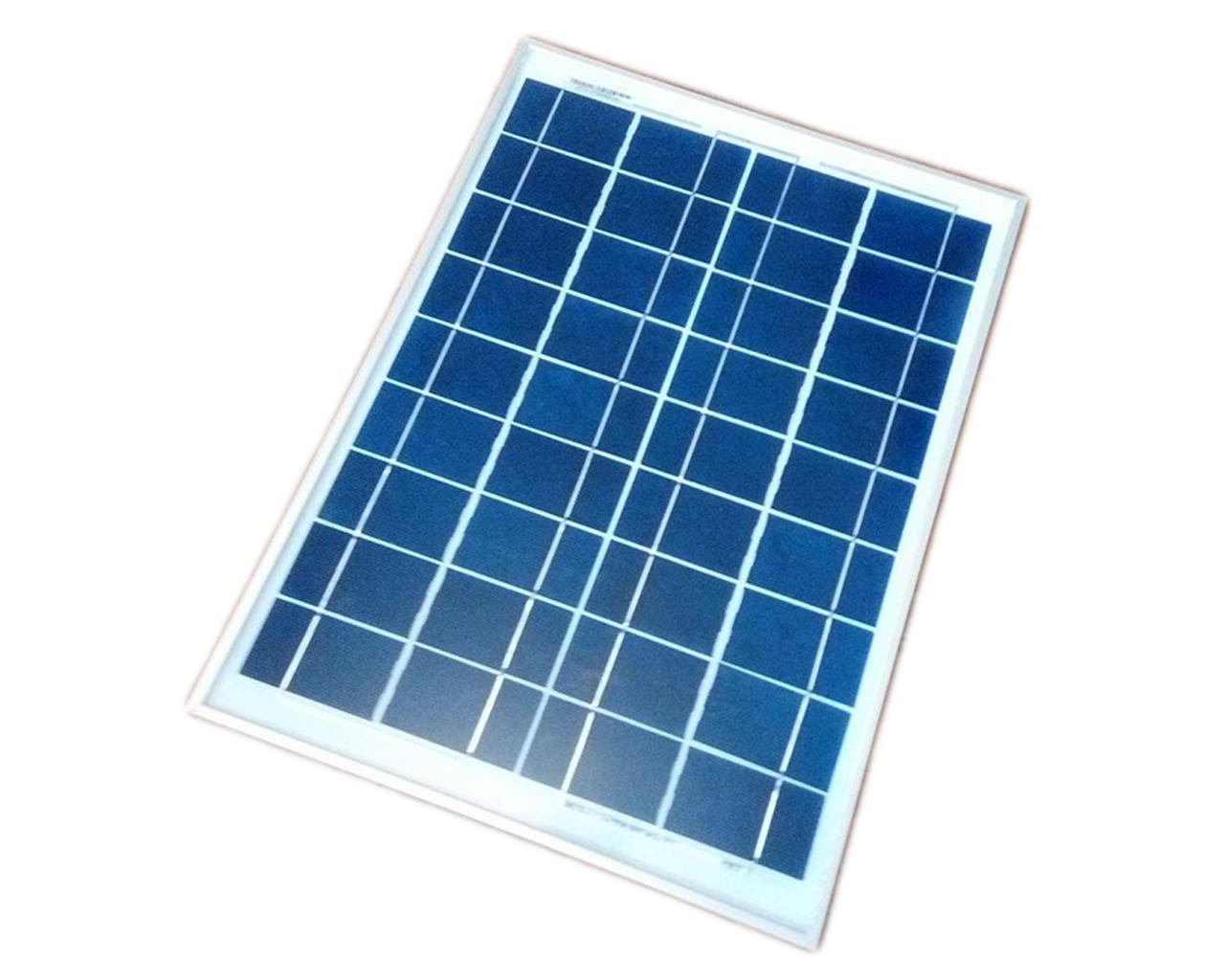
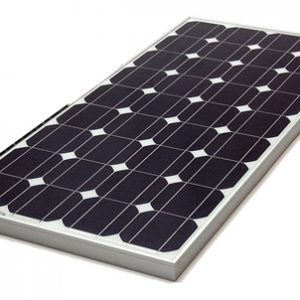
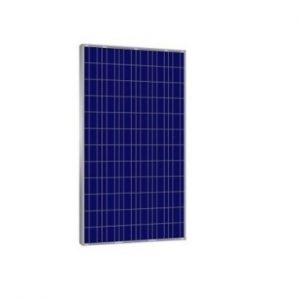
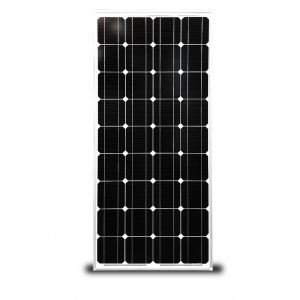
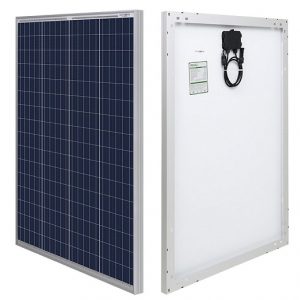
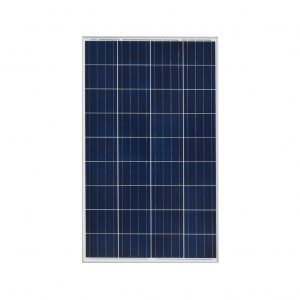
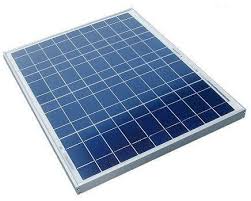
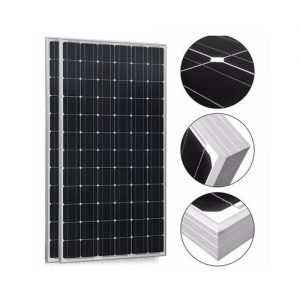
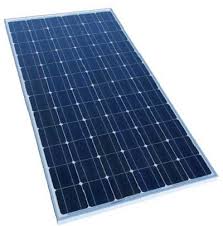
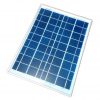
Reviews
There are no reviews yet.